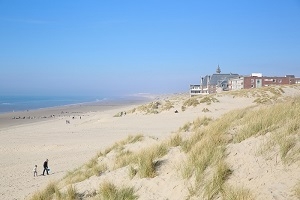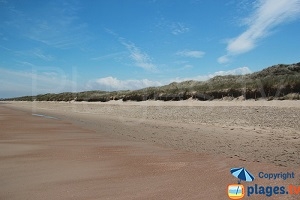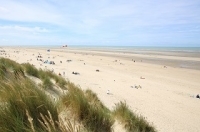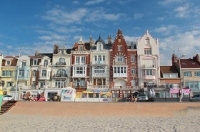The two capes of Côte d'Opale in northern France
Their imposing silhouettes are gripping when one sees them for the first time. Caps Blanc-Nez and Gris Nez, classified grand site de France, stood for centuries against the onslaught of the North Sea and the English Channel. 28 kilometres separate them and eight resorts of Pas de Calais share this space, which attracts thousands of tourists every year, curious to discover the amazing landscapes of this site and the small picturesque fishing villages.
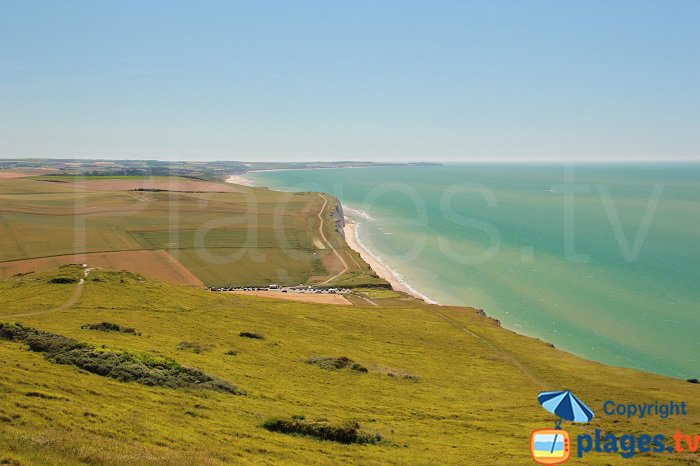
From Cap Blanc Nez to Cap Gris Nez with the Bay of Wissant
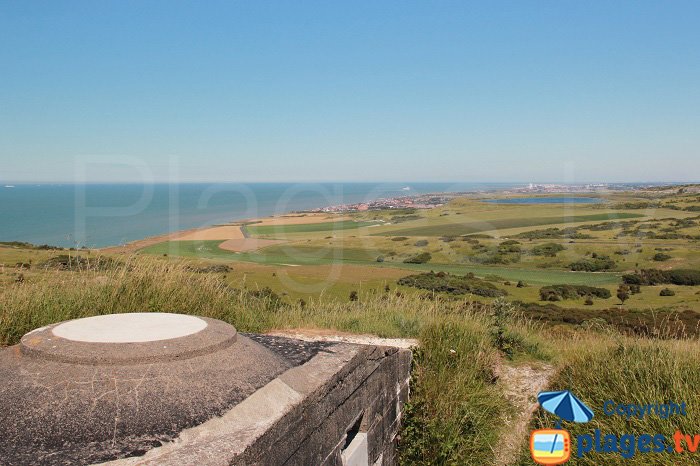
View to the north and Sangatte from Cap Blanc Nez
Cap Blanc Nez is located in Escalles, ten kilometres from Calais. It is made of chalk, the colour of which gave it its name and made it one of the landmarks of the Regional Natural Park of Caps et Marais d'Opale. From Caesar to Napoleon, this is where people came to observe the English coast. Nowadays, tourists still enjoy looking at the cliffs on clear days but also the Bay of Wissant and Cap Gris-Nez in the town of Audinghen, fifteen kilometres from Boulogne-Sur-Mer.
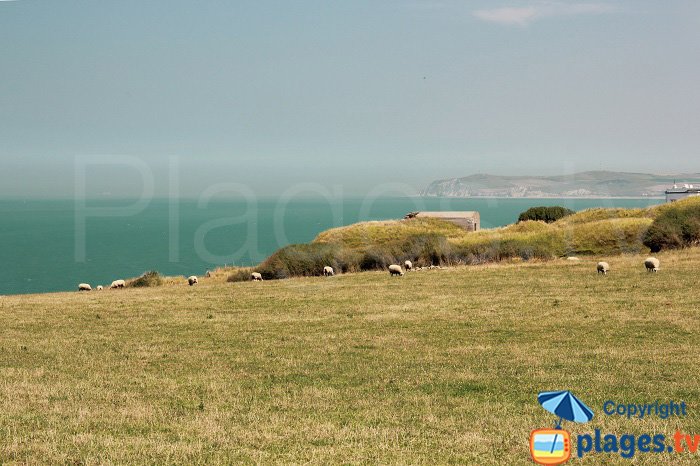
View of Cap Blanc Nez from Cap Gris Nez
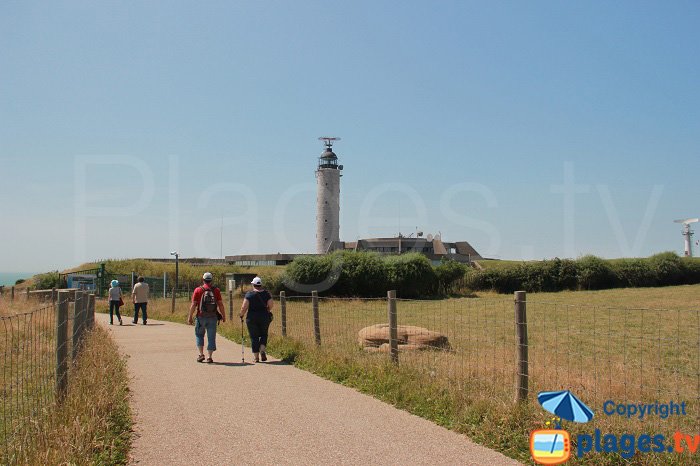
The cross (vessel traffic monitoring) is installed since 1973 in the lighthouse of Cap Gris Nez
Hikers were the first to visit the site. There is a number of paths and marked trails going along the coast and overlooking the cliff, to admire a constantly changing landscape. The grass of the heathlands and meadows meet the blue of the sky and the sea, the white of the rock and the beige of the sand. In places, the feeling of being on the moon can be felt between the grey and white stones of the shell holes from the Second World War that still can be seen very clearly. Walkers enjoy the place to take a history lesson down memory lane; the capes are also home to many fossils. One of the busiest trails starts from the resort of Escalles. A small path leads to the edge of the cliffs but one can also choose to go through the bottom at low tide at Escalles Cove, which is home to a lovely beach.
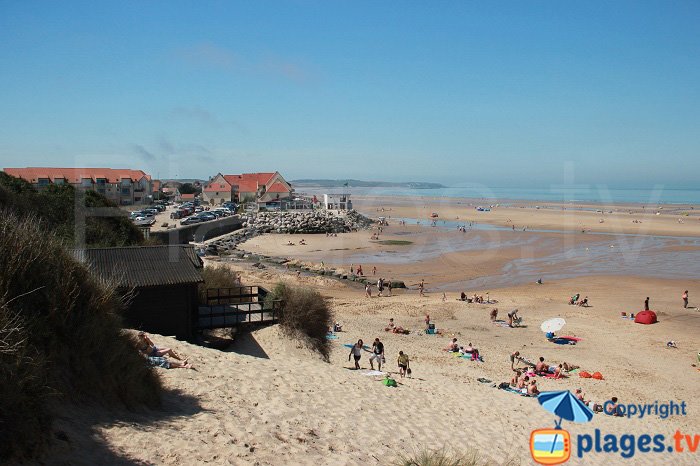
Lovers of flora and fauna also come here to admire the great variety of species. The air is charged with aromas of thyme and oregano from spring to summer. Halfway through, one can reach Wissant, a small village nestled between kilometres of sandy beaches. The strait is the well-known passage of ornithologists who come to observe the migration of many species to the point that Cap Gris-Nez has become a major site to be protected. The site of the Nativity is one of the places to visit, marking the southern site entrance of the two capes and Pointe aux Oies at the dunes of the Slack in Wimereux. One can collect Boulogne mussels and swimmers enjoy the beach, quieter than its neighbours. Kite surfing lovers also come here; the place is a popular spot. On the estuary of the Slack, one can admire the imposing fort Vauban.
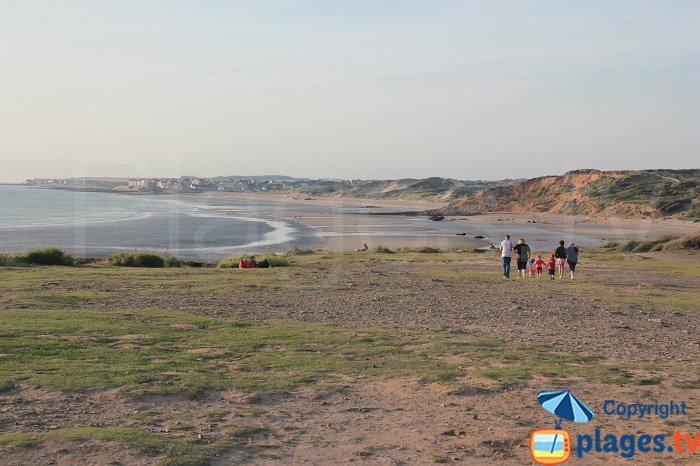
Wissant and its beach from pointe aux Oies
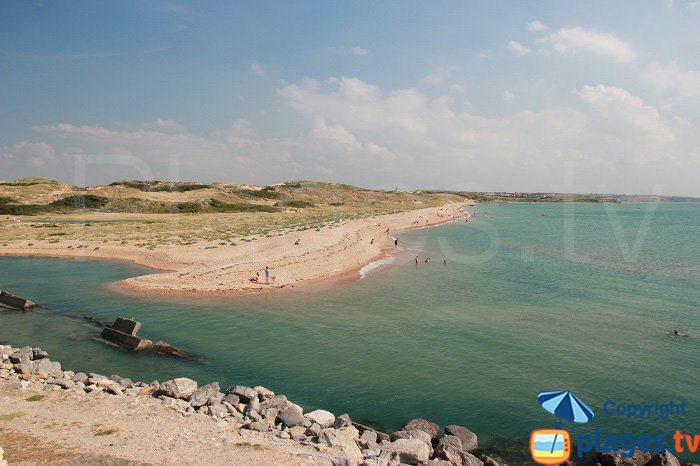
Dunes of the Slack from Wissant
Ambleteuse can be seen just after, with its very unspoilt coastline and its Belle Époque villas, still standing alongside old fishermen huts. Then there is Audresselles, nicknamed "Little Brittany of the North", which offers tourists the authenticity and charm of old fishing villages. The flobart, local boat, is famous; do not miss its unusual ballet.
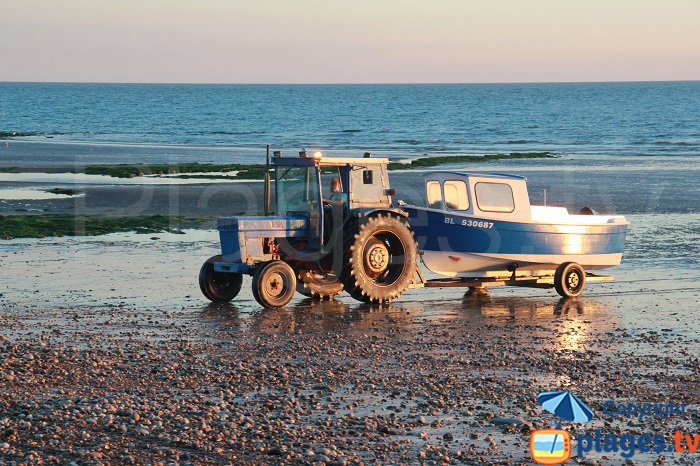
A Flobart on Audresselles Beach being towed back by a tractor
One can see coves, formations created by small streams, giving the rock its unusual shapes on the cliffs of Cap Gris-Nez beyond the resort. There are many, each with its history and its name, like Cran du Poulet or Cran aux Oeufs.
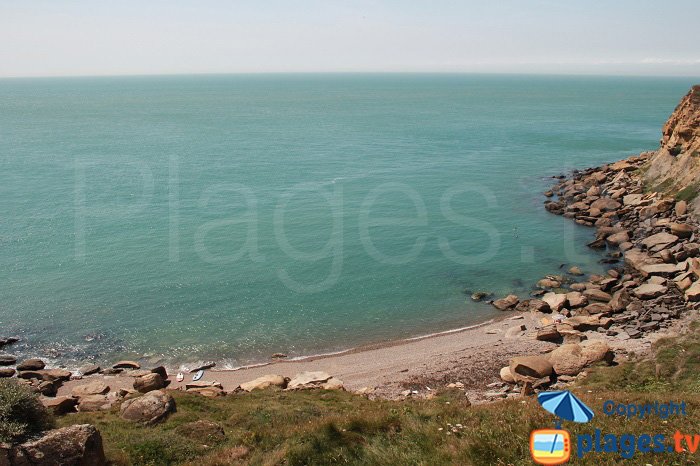
A cove in the north near Cap Gris Nez
The village of Audinghen then appears; it has suffered severe damage by the bombings in 1944 but was entirely rebuilt. One can still see at the town entrance the "Todt" batteries, bunkers once housing canons.
Towards Cap Blanc-Nez, one discovers the Bay of Wissant, a landscape between land and sea where one can walk in the swamp of Tardinghen and discover the dunes of Amont and Aval, which offer lunar landscapes. Wissant is also the favourite place for sailing sports lovers.
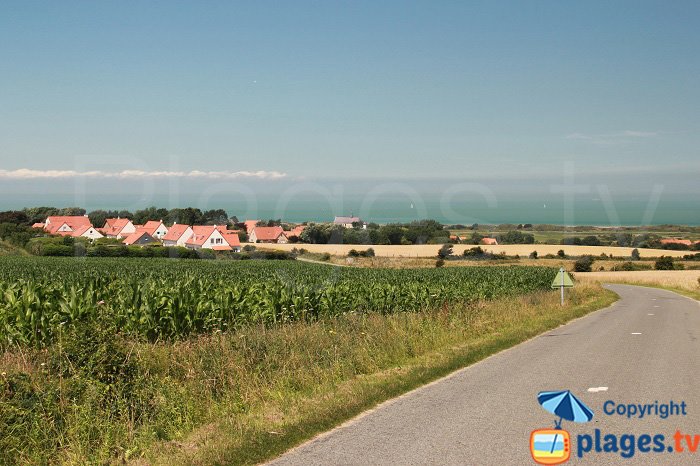
Magnificent sea view from the road of Tardinghen
One of the best views of the site of the two capes is in the village of Tardinghen, in a small gazebo. The church of the town is often depicted on postcards.
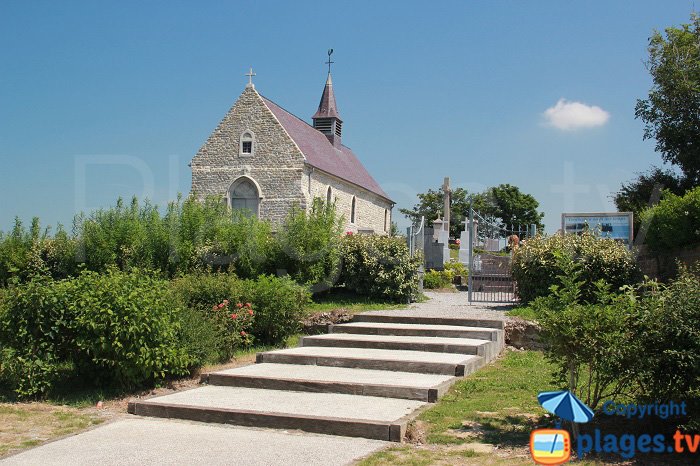
Church of Tardinghen
Finally, the trail ends in Escale, clay giving way to chalk and the landscape changing colours to become clearer; one can enjoy the panorama of Monts du Boulonnais, the Flemish plain, Monts de Flandres and the Belgian border. At the foot of Cap Blanc-Nez, Sangatte Bleriot-Plage is the last stop. There are still a few large nineteenth century villas on the dike, a long time popular site, a preserved heritage attracting more than ever.
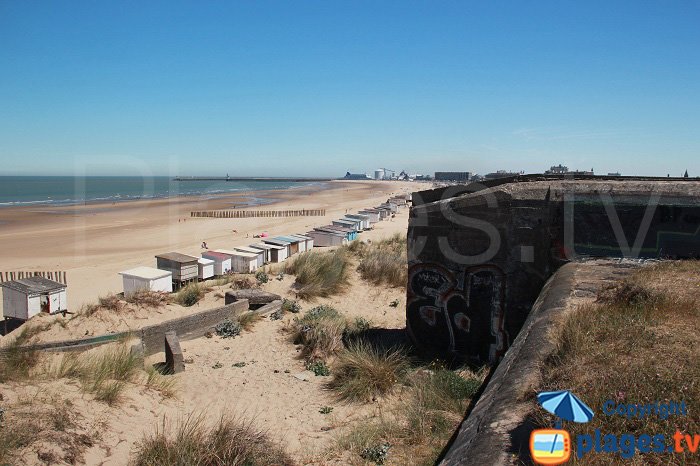
Blériot Beach with a view of Calais, many small wooden chalets and blockhouses

